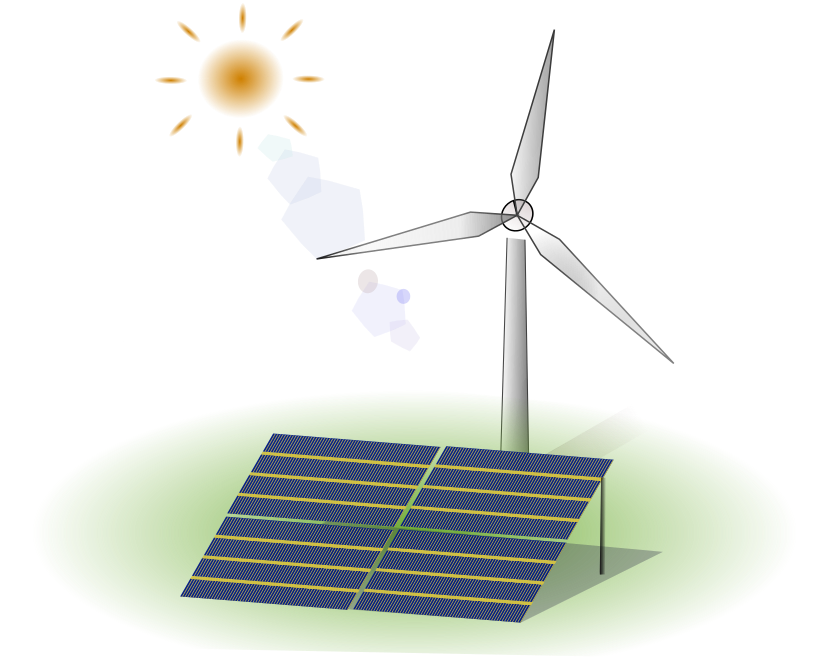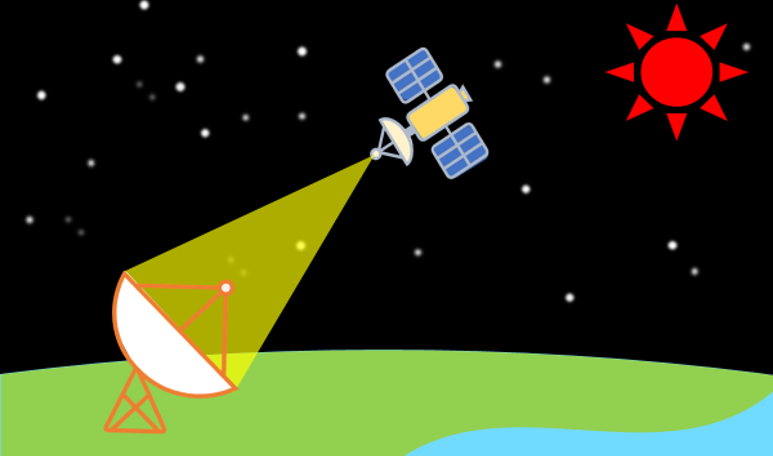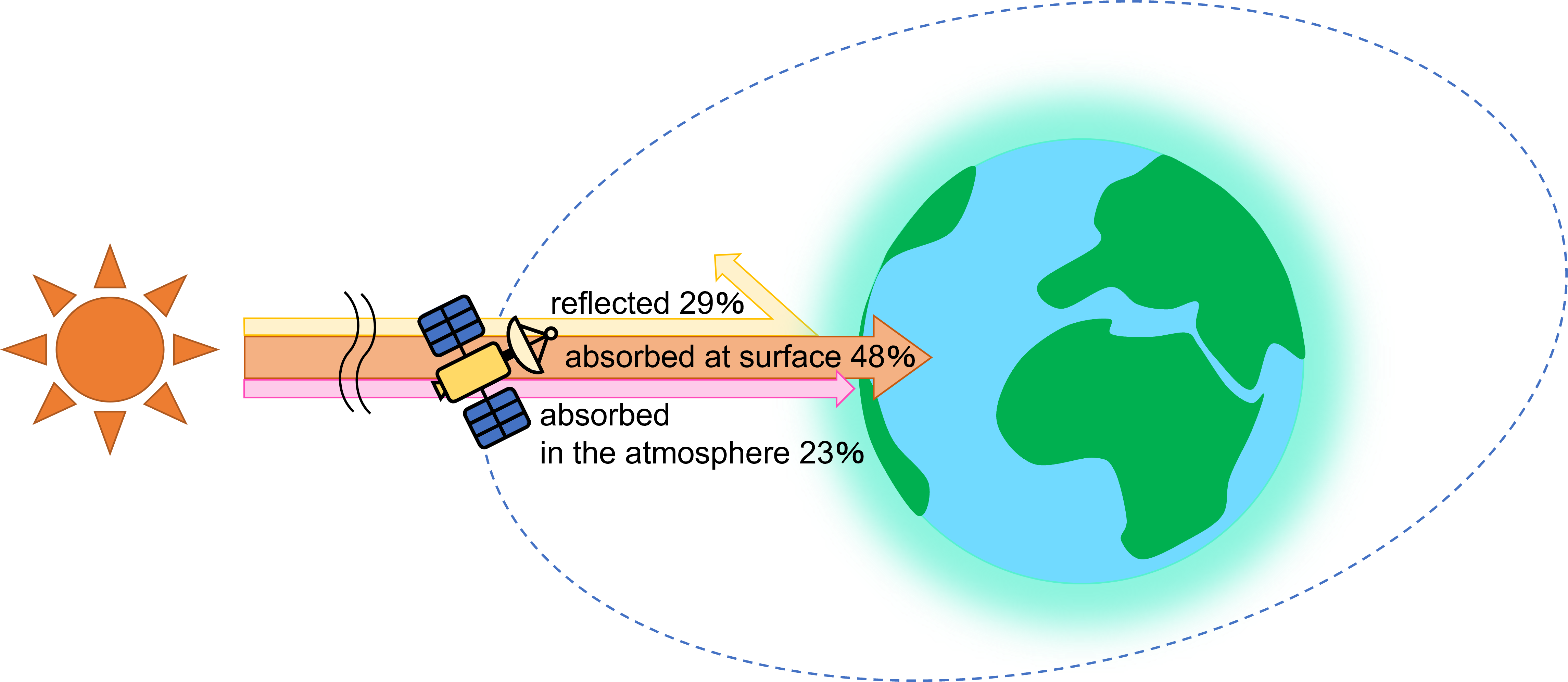High performance Solar panels with future mesh technology
Renewable energies are currently attracting a lot of attention. However, in Kagoshima Prefecture, renewable energies (hydropower, wind power, solar power, geothermal power, and biomass) account for only about 13% of the total power generated in May 2021. The introduction of solar power is progressing, but the energy conversion efficiency of solar panels is around 15%, and there are many issues to be addressed. If solar power were to supply the same amount of electricity as thermal power, a vast amount of land would be required. Therefore, there is a need to improve the efficiency of solar power generation.

The manufacturing process can contribute to improving the performance of solar cells. Most solar cells are manufactured using a technique called screen printing. This technology is used to manufacture the electrical conductors on the top of the panel. Therefore, the energy conversion rate can be further increased by improving the mesh for screen printing. For example, if a stainless steel mesh using finer stainless steel ( < 10 µm ) is developed, it may be possible to increase the energy conversion efficiency of solar panels. To achieve this, further technological development is needed. Asada Mesh co., Ltd which has a factory in Kagoshima Prefecture, is developing and manufacturing a variety of stainless steel meshes suitable for screen printing.

Space Solar Power Systems

In Kagoshima, there are several JAXA (Japan Aerospace Exploration Agency) institutions such as Tanegashima Space Center andUchinoura Space Center. So JAXA is familiar to the people of Kagoshima. In JAXA, they research the future of solar power generation. This system is called SSPS (Space Solar Power System). It is not functional yet, but it is thought to help solve energy problems in the future.
There are two reasons SSPS could be more powerful than solar panels on the ground. First, half of solar radiation energy is usually absorbed or reflected by Earth ‘s atmosphere before reaching the solar panels on the ground. So, if the panels are in space, they can receive more energy than on the ground. Secondly, solar panels on the ground are sensitive to climate change. At this point, SSPS should be able to provide a more stable power supply than solar panels on the ground.

But, there are many problems in order to make it operational. So, we need to keep developing our technology.
Reference
・【初心者向け】太陽光パネルの発電量について徹底解説 | 楽エネ(太陽光発電・蓄電池・ソーラーパネル専門商社) (rakuene-shop.jp)
・A(ASADA)標準:スクリーン印刷の原理原則と標準技術|アサダメッシュ (asada-mesh.co.jp)
・https://earthobservatory.nasa.gov/features/EnergyBalance/page1.php